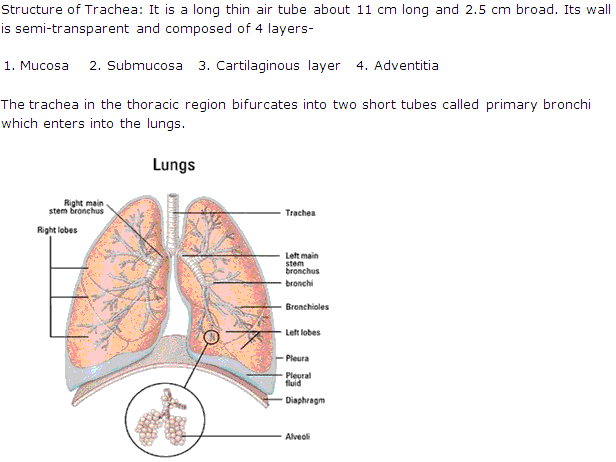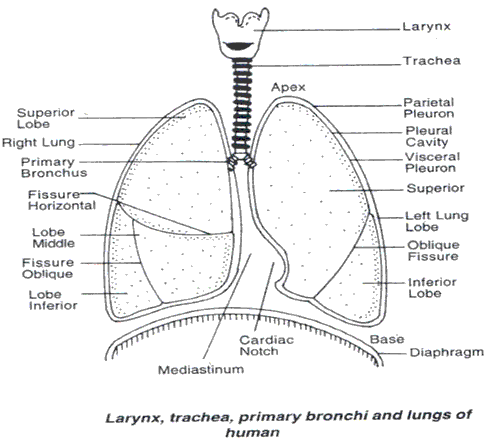Class 9 FRANK Solutions Biology Chapter 19: Respiratory System
Use TopperLearning’s Frank Solutions for ICSE Class 9 Biology Chapter 19 Respiratory System for a quick revision of the chapter. Learn about the structure of nasal chamber, the meaning of Adam’s apple and the purpose of lecithin film in the lungs. Find out why respiration is an important part of life. Understand the functions of turbinates, and the structure of trachea with the aid of well-written answers prepared by experts.
The Frank textbook solutions take you through the functions of a diaphragm and give you a thorough understanding of how a diaphragm helps the process of breathing. Knowledge of concepts covered in this ICSE Class 9 Biology chapter allow you to understand the functioning of a human body better.
Respiratory System Exercise 176
Solution 1
Respiration is essential for life as energy produced during this process is utilized by the organisms to carry out various biological activities.
Solution 2
The nasal chamber is divided into left and right chambers by nasal septum. Each chamber is divided into three regions -
(i) Vestibule: It is the anterior most part of nasal chambers bearing hairs which filters the dust particles.
(ii) Respiratory region: It is rich in mucous glands and marked by nasal turbinates which traps the dust and humidify the air.
(iii) Olfactory chamber: It is lined by olfactory epithelium which sense the smell.
Solution 3
Function of turbinates: It increases the surface area, so that dust particles can be removed and air become humidified.
Solution 4
Solution 5

Solution 6
Solution 7

Solution 8
The function of diaphragm: It helps in breathing by contracting and relaxing thereby increase and decrease the volume of thoracic cavity. During inspiration diaphragm flattens while during expiration it becomes dome - shaped.
Solution 9
(ii) Sneeze Reflex: It is a type of reflex whose stimulus is in the nasal passage which causes spasmodic contraction of expiratory muscles that forecefully expel the air through the nasal passage.
(iii) Eupnea: Eupnea is a normal breathing.
(iv) Dyspnea: A condition in which breathing is painful.
(v) Apnea: A condition in which no breathing takes place.
Solution 10
Solution 11
R = Rate of CO2 output / Rate of O2 uptake
RQ for carbohydrate = 1.00
RQ for fat = 0.70
RQ for protein = 0.85
Solution 12
(ii) Larynx
(iii) Alveoli
(iv) Lecithin
(v) Hyperpnea
(vi) Dyspnea
(vii) Apnea
(viii) Hypopnea
(ix) Thoracic cavity
Solution 13
(ii) Eupnea
(iii) 500 cc
(iv) 0.70
(v) 38 ATP
Solution 14
(ii) Alveoli = To increase the surface area for exchange of gases.
(iii) Conchae = It is also called turbinate and its function is to increase the surface area so that the dust particles can be removed and air become humidified.
(iv) Epiglottis = It closes the glottis during swallowing of food.
(v) Lecithin covering = It lowers the surface tension and keeps the alveoli open.
(vi) Cartilaginous rings = It prevents the collapsing of trachea.
Solution 15
(ii) Larynx - Sound production
(iii) Thoracic cage - Breathing
Respiratory System Exercise 177
Solution 16

Solution 17
(ii) (b) Alveoli
(iii) (d) All the above
(iv) (d) shows no change
(v) (d) 3000 - 4500 ml
(vi) (d) 158 and 116 mm Hg
